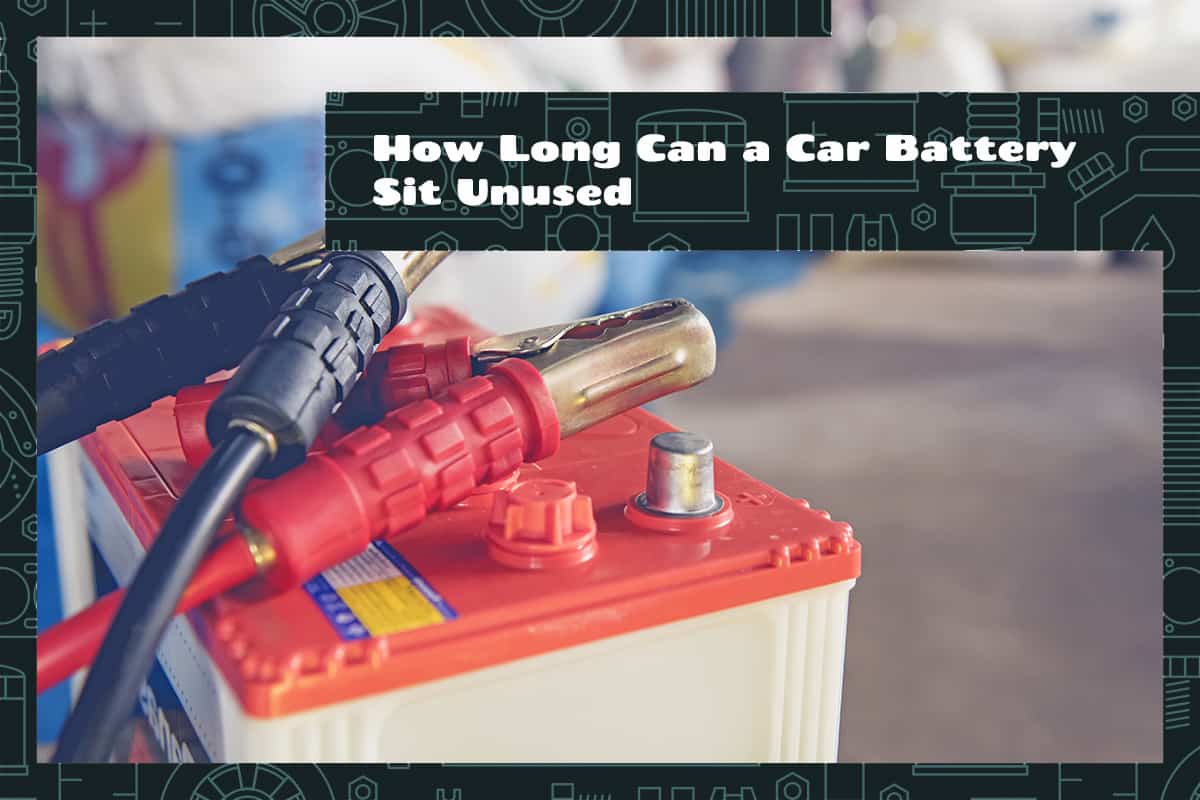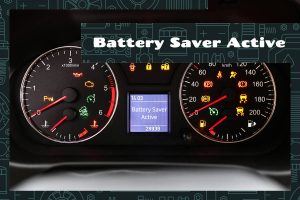Car batteries give your car the jolt of electricity it needs to start and keep all the electronic parts running smoothly. But have you ever wondered what happens if a car battery sits unused for a long time? Leaving your car parked in the garage for too long can affect the health of its battery.
Generally, a car battery can sit unused for about two to three months without losing its charge. After this period, the battery may start to discharge, which can lead to difficulties when starting the car.
This article will take you on a journey to explore the world of car batteries. We will discuss what influences their lifespan, the signs of a failing battery, and how to maintain it properly when not in use.
Factors Influencing Car Battery Lifespan
The lifespan of a car battery can vary significantly. It can last for a few years or may need to be replaced in less than a year. Various factors contribute to how long a car battery will last, including frequency of use, maintenance and care, climate and weather conditions, and the car’s electrical demand,
1. Frequency of use
Driving your car regularly can help keep your car battery in good health. Regular use allows the alternator (a vital part of the car’s electrical system) to recharge the battery. However, if you only take short trips, your battery might not get enough time to recharge fully.
This partial charging can lead to a condition called acid stratification, where the acid in the battery separates into layers, which can damage the battery over time. So, taking longer drives occasionally can help your battery stay charged and prevent acid stratification.
2. Maintenance and care
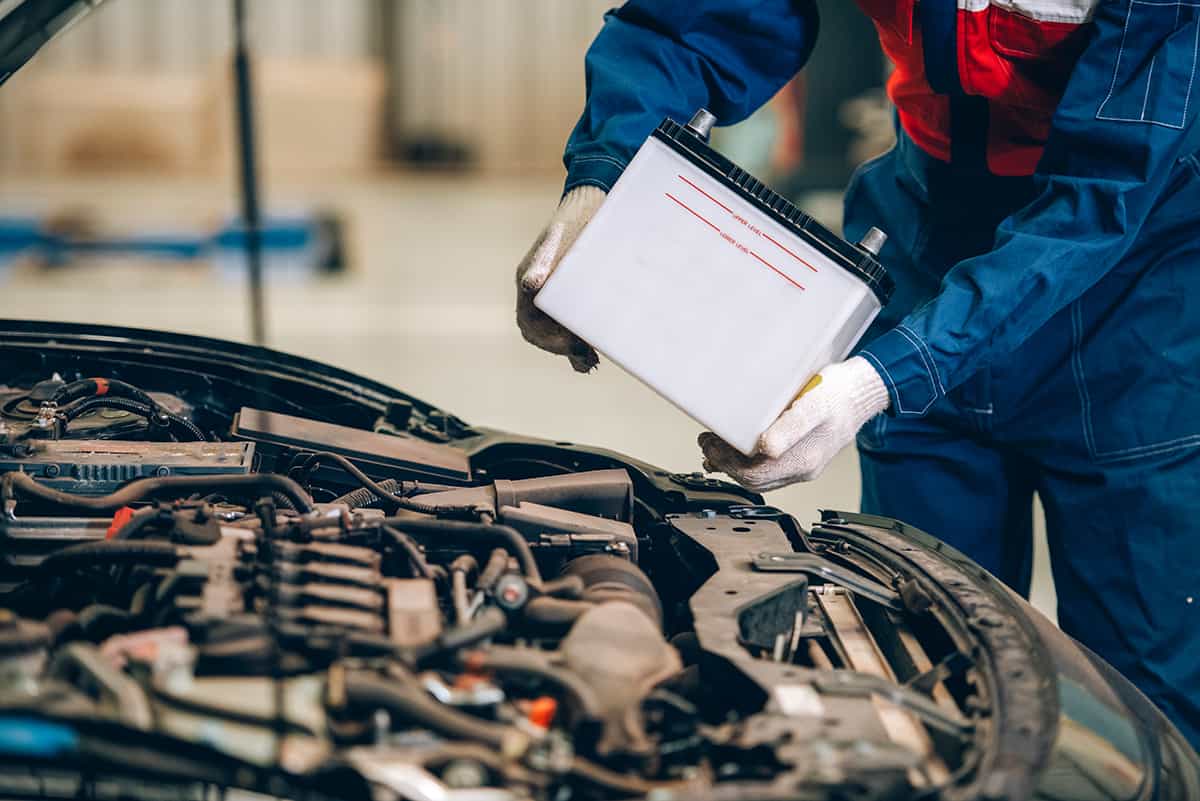
Dirt and corrosion on the battery terminals can prevent it from recharging effectively. Regular checks include checking the battery’s charge level, looking for any leaks, and ensuring the battery is securely fastened. A loose battery can vibrate when the car is running, which can cause internal damage and shorten its lifespan.
3. Climate and weather conditions
High temperatures can cause the battery fluid to evaporate, damaging the internal structure of the battery. On the other hand, cold weather can make it harder for the battery to provide enough power to start the car. This is because the chemical reaction that generates electricity slows down in the cold, and the engine requires more power to start.
4. Electrical demand
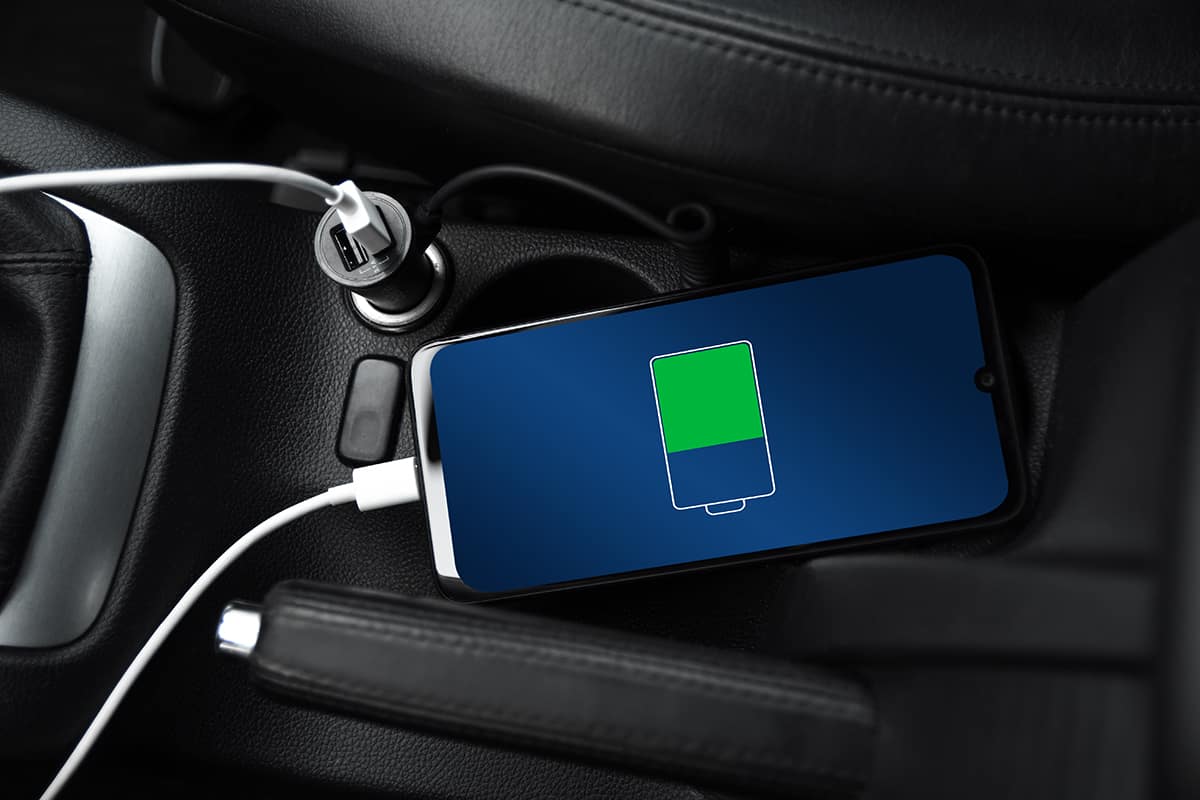
Items like GPS systems, phone chargers, and high-performance stereo systems use a lot of power. When the engine is off, these devices draw power directly from the battery. If they’re used often, they can drain the battery.
The Impact of Non-Usage on Car Batteries
what happens when a car battery sits unused for an extended period? This section will explore the concept of self-discharge, corrosion and damage over time, and the role of parasitic loads in the context of unused car batteries.
1. Self-discharge
When a car battery sits unused for a long time, it continues to self-discharge, and eventually, it might not have enough charge to start the car. This process is natural and happens even when the battery isn’t connected to anything. The rate of self-discharge depends on the type of battery and the temperature, with warmer temperatures accelerating this process.
2. Corrosion and damage over time
Corrosion occurs due to a chemical reaction between the battery terminals and the surrounding air. Over time, this corrosive buildup can cause poor electrical connection, making it harder for the battery to provide the power needed to start the car. In severe cases, corrosion can damage the battery casing, leading to leaks and a shortened battery life.
3. Parasitic draw
Parasitic draw refers to the small amount of electricity used by your car’s systems when it’s turned off. Examples of parasitic loads include the car’s security system, clock, and any electronics that continue running after you’ve turned off the ignition.
How Long Can a Car Battery Sit Unused?
When a car is not in use, its battery continues to slowly lose charge. The question then is: how long can a car battery sit unused before it loses its ability to start the car? The answer can vary depending on the type of battery.
Standard lead-acid batteries
Standard lead-acid batteries are the most common type of car battery. They work through a chemical reaction between lead plates and acid inside the battery. If your car uses a standard lead-acid battery and it’s in good health, it can typically sit unused for around two to three months without losing enough charge to impact starting the car.
Absorbent Glass Mat (AGM) batteries
AGM batteries are a type of lead-acid battery but with a different design. They have a special mat that absorbs the acid, which makes them more resistant to damage from vibration and gives them a longer lifespan. AGM batteries also have a lower self-discharge rate than standard lead-acid batteries. This means they can sit unused for a little longer, typically around three to six months, without losing significant charge.
Lithium-ion batteries
Lithium-ion batteries are typically found in electric and hybrid cars. They work differently from lead-acid batteries and have a much slower self-discharge rate. A lithium-ion battery can often sit unused for up to a year without losing a significant amount of charge.
Practical Tips to Extend Battery Life During Non-Usage
Taking care of a car battery during periods of non-usage can help extend its lifespan. Here are some practical tips to keep your car battery healthy when you’re not driving your car regularly.
1. Regularly start your car
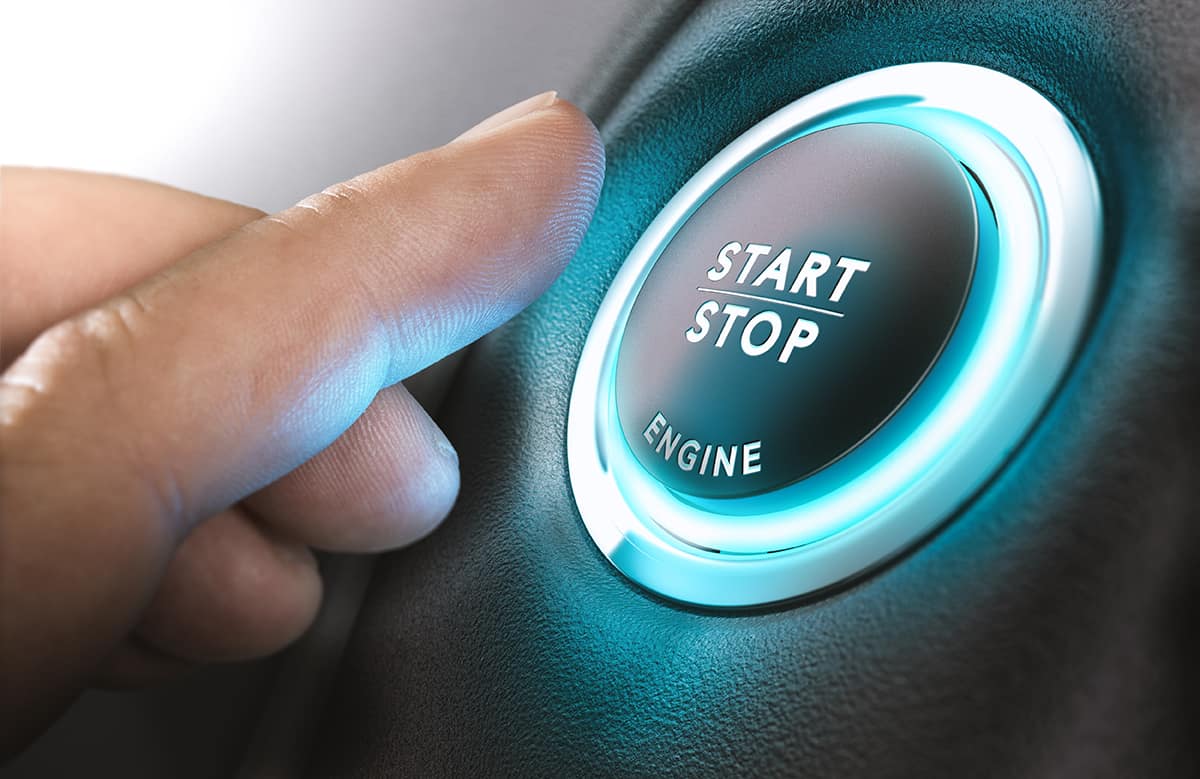
If you know your car will sit unused for a while, aim to start it at least once every week. Let it run for about 15-20 minutes. This action allows the car’s alternator to recharge the battery.
2. Disconnect the battery
When connected, your battery continuously powers systems like clocks and security alarms. By disconnecting the battery, you prevent this drain and help the battery maintain its charge.
3. Use a battery maintainer
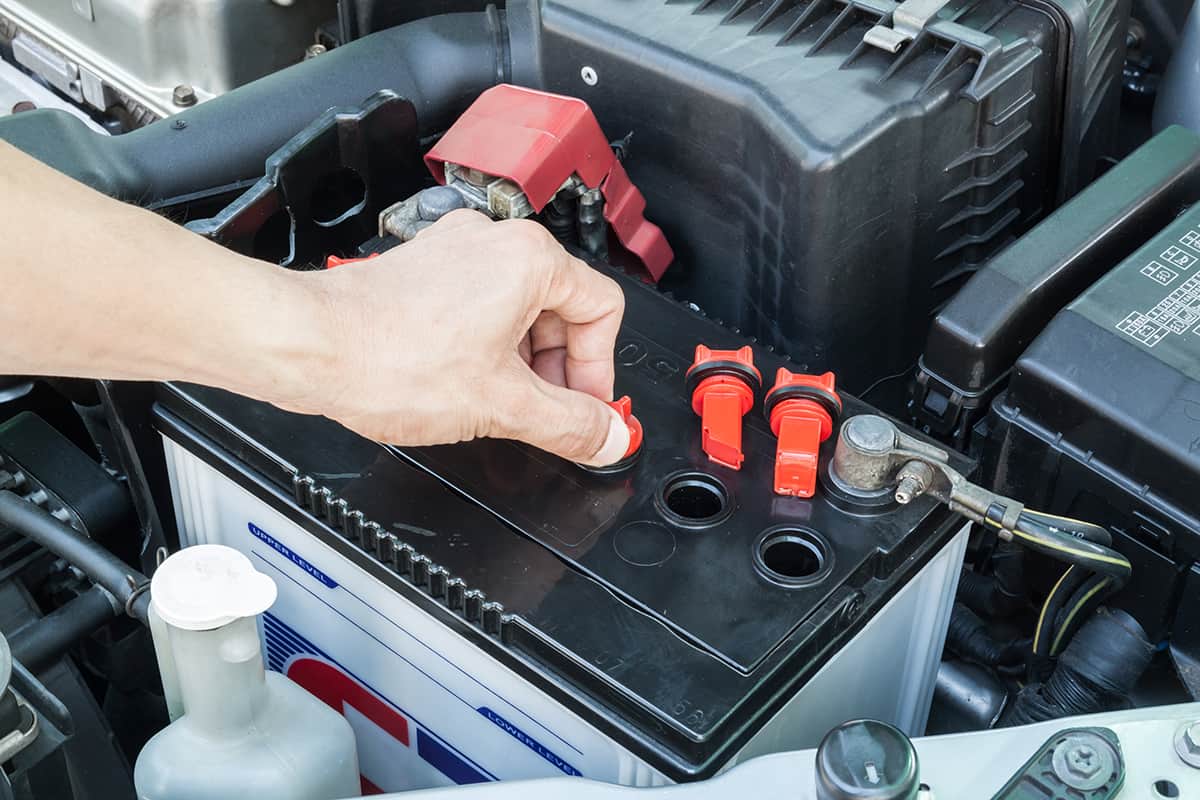
A battery maintainer, also known as a trickle charger, can be an excellent tool for battery health during extended periods of non-usage. These devices provide a small, continuous charge that keeps your battery topped up without overcharging it.
4. Check for corrosion
Corrosion on your battery terminals causes resistance and can cause your battery to work harder than it needs to, shortening its lifespan. If you see corrosion (a white, green, or blue powdery substance), you can clean it off using a solution of baking soda and water.
